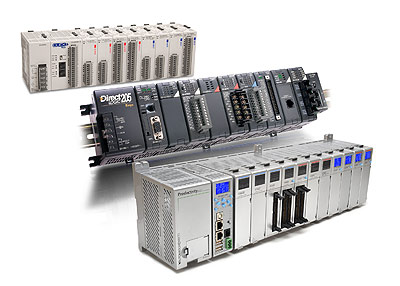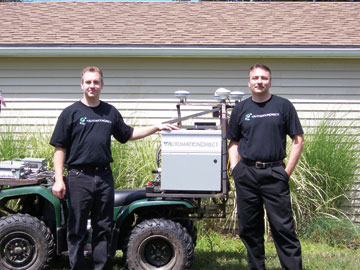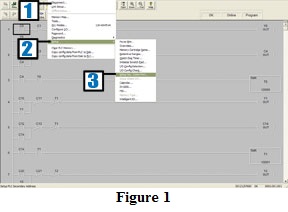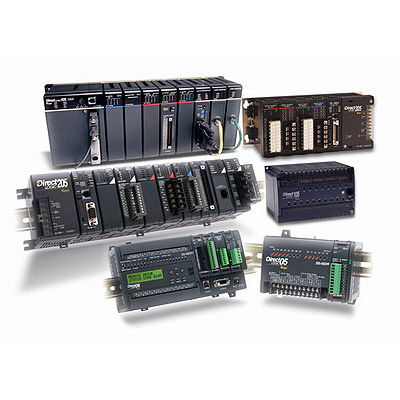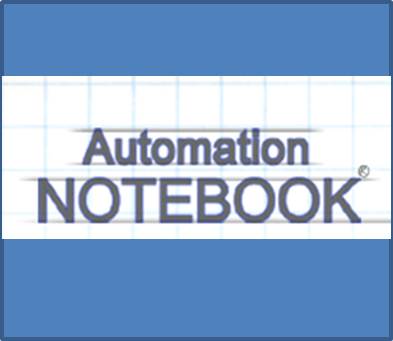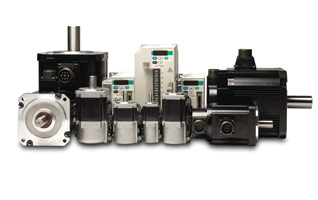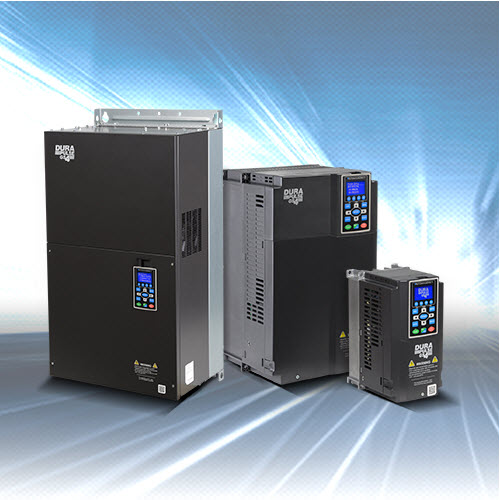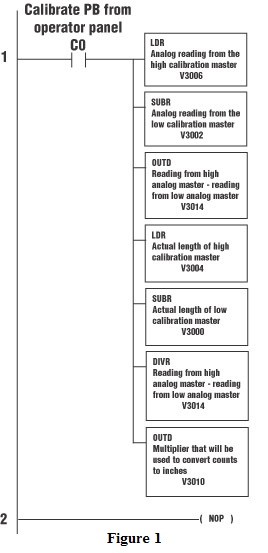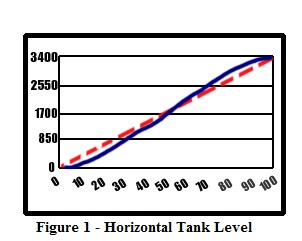+Tech TopicsAutomation NotebookCommunicationsIssue 5 – 2005Learning ResourcesNotebook IssuePLC SpeakingProductProgrammable Control
The Evolutionary PLC: Past, Present and Future
Everyone knows there’s only one constant in the technology world and that’s change – inevitable change. This is highly evident in the evolution of PLCs and their varied applications. Let’s take a look at yesterday’s focus and more importantly, today’s and beyond. Preparing and equipping users to meet the challenges of technological change head-on is…


